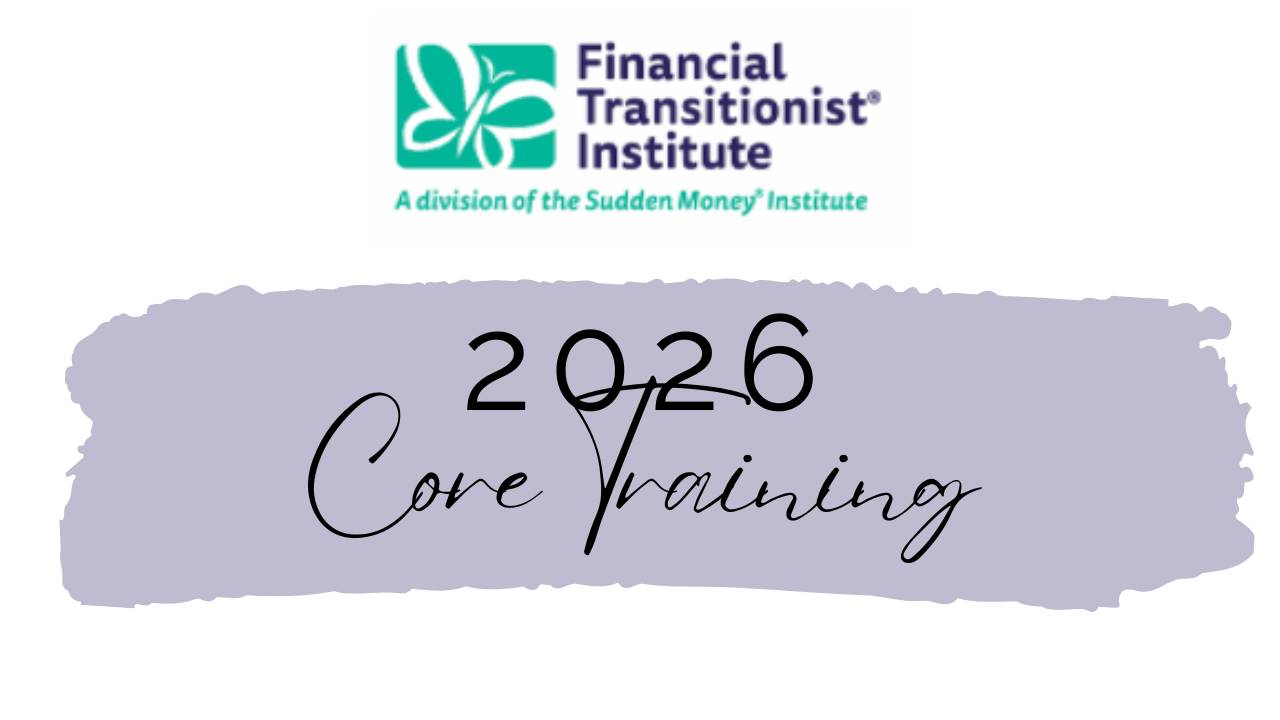On Client Communication Preferences
Sep 07, 2019
Written by Mary Martin, PhD
We here at the Financial Transitionist Institute believe that honoring the communication preferences of individual clients is crucial to developing and maintaining good relationships. Communication Preferences is the first tool we teach in our yearlong program in Financial Transitions Planning. We call it Core Training, and our graduates continuously say it fundamentally alters their client relationships for the better. In Improving Client Satisfaction with Successful Communication, Linda York highlights this important part of your work as a financial advisor. “Agreeing to how, what and when your clients can expect to hear from you — or vice versa — can set the stage for client satisfaction. But to earn clients’ trust and loyalty, advisers must strive to personalize interactions for each relationship.”
What Communication Preferences tool do you use?
And how personal does it get? I’m pretty sure you know which of your clients likes to talk on the phone. And you know who’s a fan of email? Furthermore, you can count on certain people to want to come to your office, and others to avoid it at all costs. My guess is you have a tool, maybe from your firm, that helps you identify the communication preferences of your clients–the hows, whens and wheres. But . . .
Does your communication tool tell you about how your clients want you to speak to them?
Softly? Quickly? Detailed? Just-the-facts? We all have communication preferences like that. There are generational differences I’m sure you have heard about, read about, and experienced for yourself. Then there are the differences based on biases from the part of the world where you grew up. There are striking differences in styles of communication culturally and regionally, I’m sure you’d agree. But the same is true from person to person in just one town, and you would never know that unless you asked.
You have to ask.
Think about the last time you had a conversation that didn’t go well from your perspective. Maybe the other person was delivering bad news and it could have been delivered differently. Perhaps they talked too quickly, too loudly, or just plain too much. Did they talk over you or interrupt you? My pet peeve is being given so many details that takes so much effort to try to connect that it’s exhausting and I eventually stop listening.
Welcome to being human.
We all have a list of communication preferences that’s far more granular and personal than most tools designed to identify them. Find out why our tool–according to those who use it–is uniquely able to identify client communication preferences. Sign up for our set of live (and lively!), virtual intro to Financial Transitions Planning webinars on September 19th and 26th. Sign up for in-depth, yearlong Core Training, beginning in October or December.
Stay connected with news and updates!
Join our mailing list to receive the latest news and updates from our team.
Don't worry, your information will not be shared.
We hate SPAM. We will never sell your information, for any reason.

